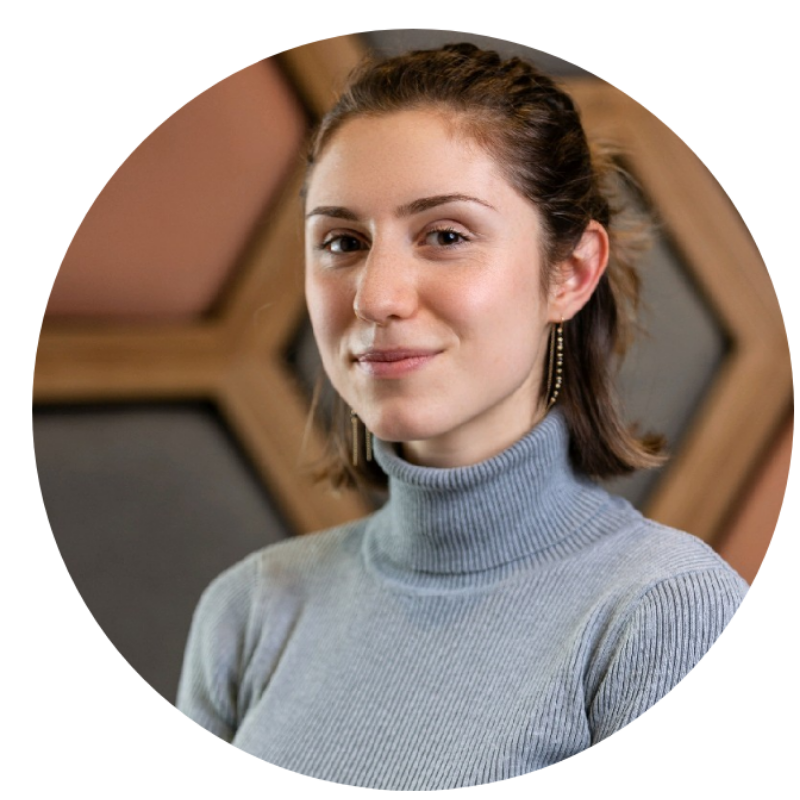
I created a LinkedIn profile during my Second year as an International Event Management student at Surrey. I did so because my lecturers mentioned how LinkedIn could help us to connect with recruiters, follow companies of interest, find and apply for opportunities. Still at the start of my placement search, I wanted to increase my chances of securing a position as much as possible.
Showcasing my skills
The first major benefit of LinkedIn which I noticed was the possibility to exhibit all of my skills, experiences and qualifications. Because my CVs are 2 pages long and I tailor them to fit particular jobs, I’m always very selective with the content. In LinkedIn, on the other hand, I could compose a more in-depth presentation of myself.
Professional development
The large pool of sources for professional development was another valuable advantage for me. Thanks to LinkedIn I found many courses for competencies that interest me and even gained free access to a popular data visualisation software.
The online courses that I did include
- several marketing courses from HubSpot Academy,
- The fundamentals of digital marketing from Google Digital Garage,
- Logical and critical thinking from Future Learn.
I found out about HubSpot and Google Garage through my LinkedIn connections – I noticed their qualifications and searched the courses. I also found out about Future Learn and Coursera from LinkedIn articles. I also find this Online Tutorials page really useful.
Adding to my connections
As time passed and I grew out my LinkedIn connection base, I began to realise the impact of creating those connections. Sending an invitation to a lecturer, manager, potential or desired employer reminds them of your value; it’s a way to say ‘I’m still interested in you, and here’s a list of reasons why it’s a good idea to work with me’. I used to think that I don’t have enough of those ‘reasons’, which led me to perceive LinkedIn as a depressing place full of people who are better than me. However, I gradually learnt to see it as a source of inspiration: ‘If they can achieve this, I can achieve it too – and I will!’.
Sharing my good news
Eventually this new mentality paid off and I secured myself a placement position. I made an announcement post on LinkedIn and shared my story through a blog article. It was extremely heart-warming to read the ‘Congratulations’ messages after 8 months of non-stop applications. One of my lecturers even re-shared my article, calling it a ‘great show of resilience’ and ‘valuable message to all students’. Needless to say, I was blissed out!
Showing how your experience has prepared you for your desired career
If you’re still new to LinkedIn and unsure of how to build your profile, start by identifying your desired (but also realistic) career paths. Once you’ve done it, reflect on how your experiences made you more suitable for those exact careers. This exercise will help you to paint a well-structured professional ‘personality’. For example, the key components of my LinkedIn personality are: activities & events coordination, marketing & communications, administration. Although I’ve had a variety of jobs and hobbies, I tried to highlight how they prepared me for entering those 3 specific job sectors.
How to learn more about using LinkedIn
Whatever your dream job might be, creating a LinkedIn profile would certainly take you one step closer to landing it. You can learn more about using LinkedIn in this Guide to LinkedIn
